Oxford, London, and Frankfurt
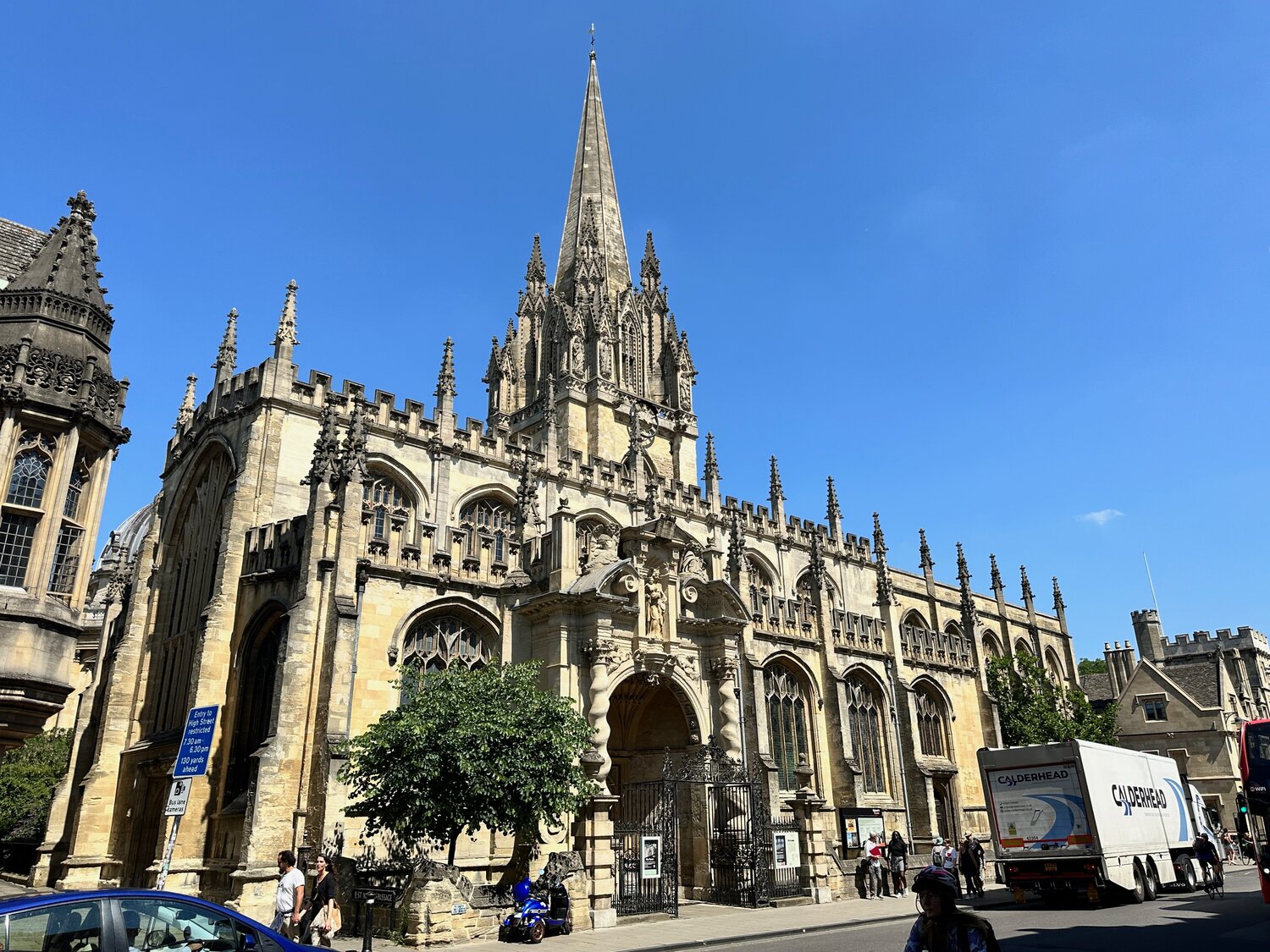
Brasenose College of Oxford University
OXFORD: Harvey Whitehouse, Director of the Centre for the Study of Social Cohesion
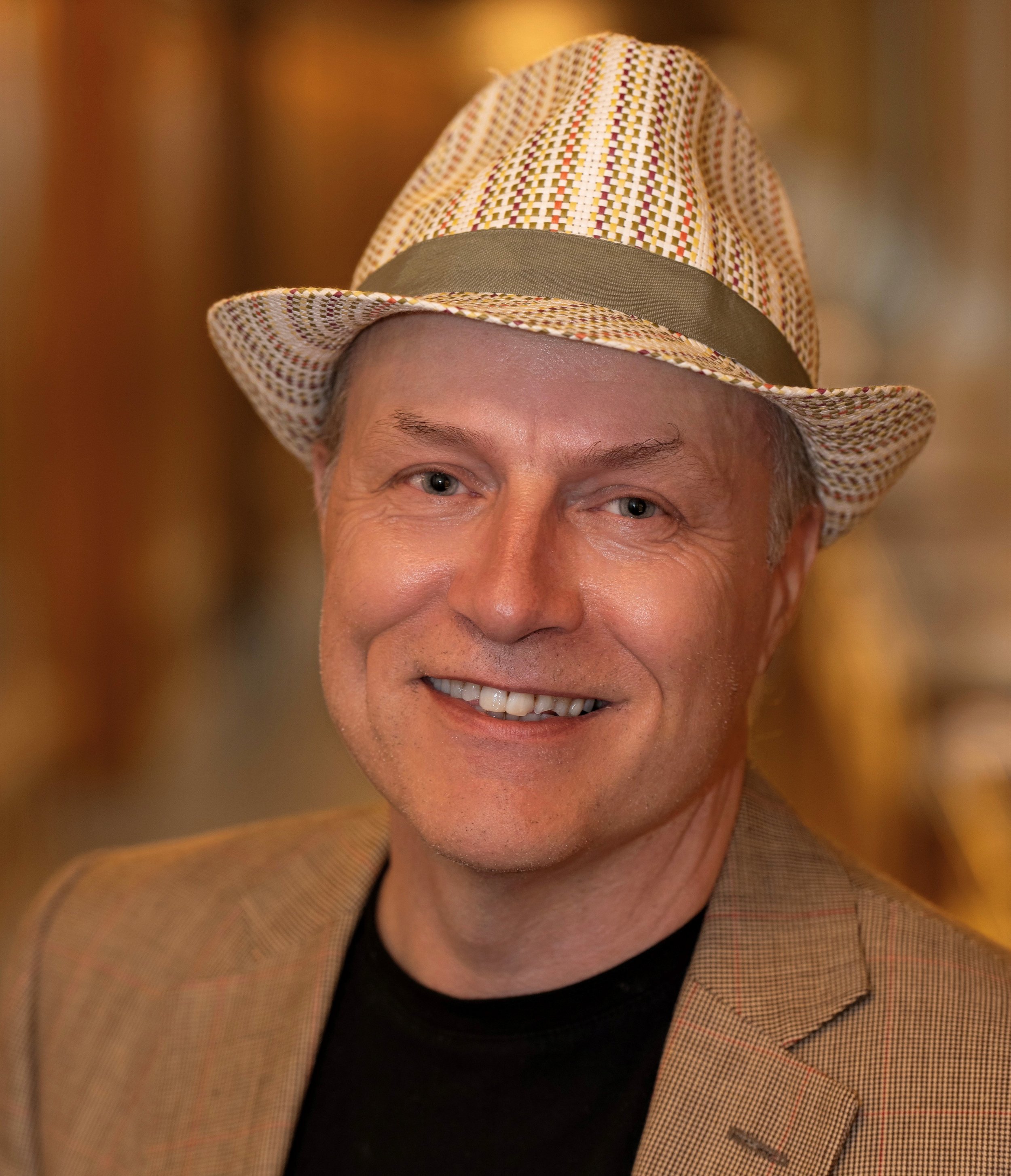
The house where we stayed was conveniently located between London and Oxford, a little closer to Oxford, which was good because I had to make day trips to each place. So Val and I drove into Oxford, a lovely town to walk around except for all of those tourists - damn it, I was there for work, and here are all these tourists crowding out the streets…).
My contacts there generously arranged for a parking space - no easy task in Oxford - so Val and I drove in and spent the day. Walking around. But NOT AS TOURISTS. Just visitors, walking around, seeing the sites, sitting in cafes…
Anyway, I met with Harvey Whitehouse, and enjoyed that he comes at all this from the other side. His interest is not conflict but cohesion; what is it that holds societies together? Now, as a sociologist myself, that is my field’s bread-and-butter; sociologists try to study exactly how societies work how they manage to stay together despite all the pressures and competing needs of groups of people.
Harvey and his colleagues look at cohesion and what threatens it. Why are people so motivated to get into conflicts? There are theorized reasons: tribalism is one, or kinship, or some other collective identity - some “shared essence,” as he put it, things that define who you are and you associate with the group you feel a part of. While what is called “identity fusion” is often cited, meaning what creates and fosters in-group and out-group definitions, shared essence, to Harvey, is deeper.
He studied soldiers in Libya. Once they had fused with other fighters, once they had developed a sense of collective identity, there was nothing they would not do for each other. They would fight, die for each other. The key is a shared life-changing experience, one you see as fundamental to who you are, breaking down the barriers between you and the group. Shared transformative and self-defining experiences.
The group coalesces around a unique set of experiences, and constructs a story of its exclusivity. So when people from groups antagonistic to each other start sharing experiences, listening to each other, they learn that the experiences and feelings associated with them, that felt so singular and unique to them, are actually shared. You see the suffering and perspectives of the other side, and that begins to break down exclusivity and create an opening for dialogue.
The Oxford department has a group looking at violent extremist as well, and they have discovered four elements in common in such individuals and groups:
- Fusion, as mentioned; a sense of strong mutual identification (not a bad thing itself, just when combined with the other three).
- Perceived (or constructed) out-group threat, coupled with lack of perceived peaceful options;
- Demonization of the out-group; and
- Norms and narratives that condone violence as a solution.
Leadership becomes so important, as the last three elements can be encouraged or suppressed by leadership. A leader can fan the flames of the threat, contribute to demonization, encourage violence, or they can become a peacemaker. I don’t need to point out models of each in our current political environment.
Approaching the idea of conflict and peace from the perspective of social cohesion meshed well with my sociological training, so I appreciated Harvey’s approach and ideas. Thanks, Harvey, for the time.
LONDON: Luke Cooper and Mary Kaldor, London School of Economics
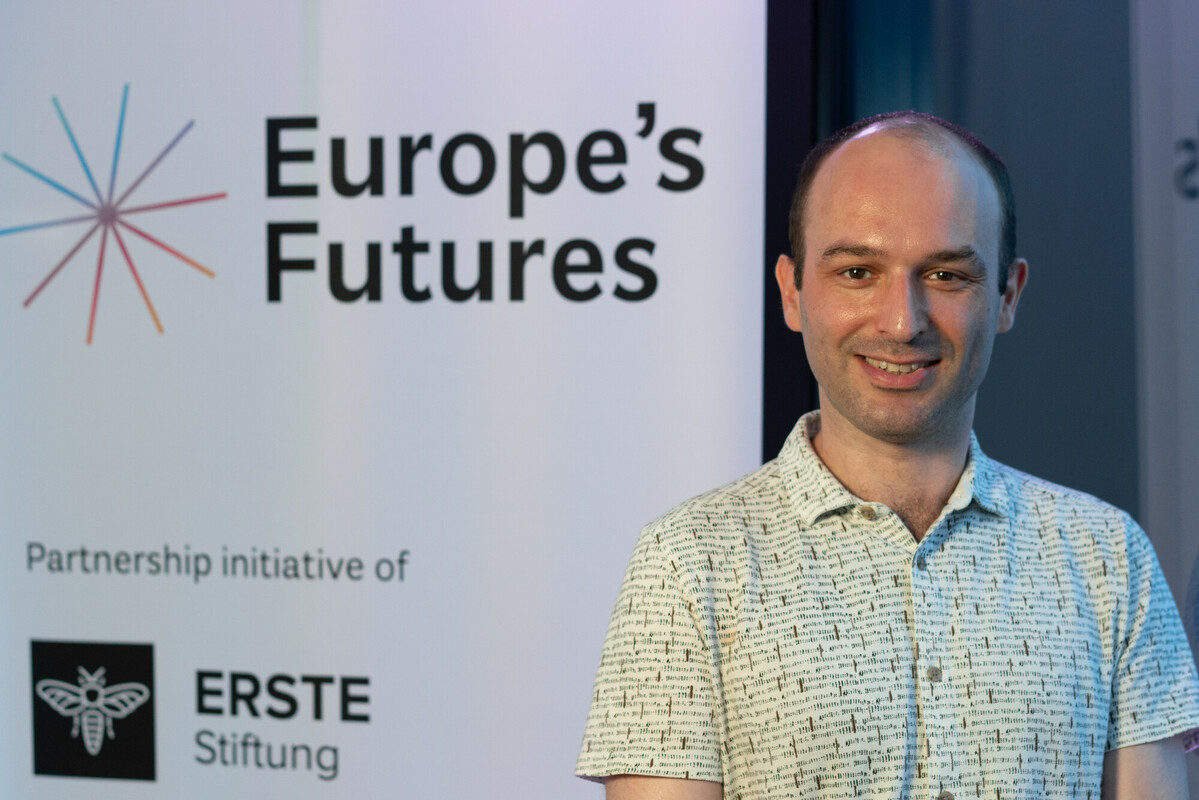 Luke Cooper, Conflict and Civicness Research Group, Dir. of PeaceRep’s Ukraine Program
Luke Cooper, Conflict and Civicness Research Group, Dir. of PeaceRep’s Ukraine Program
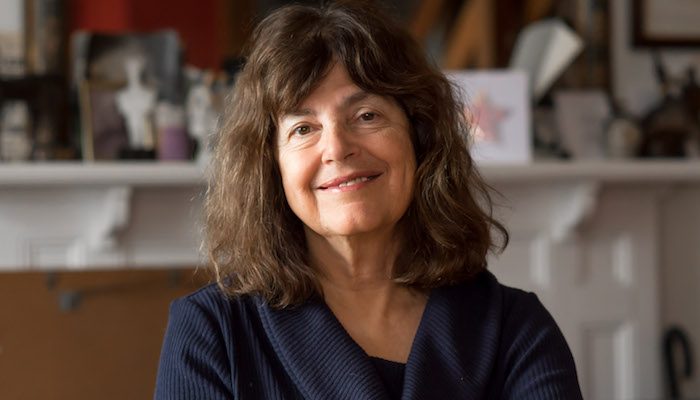 Mary Kaldor, Director of the Conflict Research Programme, LSE “IDEAS” (LSE’s foreign policy think tank)
Mary Kaldor, Director of the Conflict Research Programme, LSE “IDEAS” (LSE’s foreign policy think tank)
Speaking of being a sociologist, in my graduate years I studied “conflict sociology,” the theory that the best way to understand society is through the lens of competition and conflict, the ways people in group compete for, and allocate, resources. People pursue their interests, and every social interaction is a negotiation of conflict. Even on the micro scale; we want to see a movie, and our spouse wants to, and we begin negotiation - a romcom, a superhero flick, a documentary? I may compromise without being completely satisfied; I may “settle.” Agreement thus is simply a well-negotiated conflict, (which often does not satisfy the needs of all the participants), and peace is a successful set of agreements about how to manage conflicting needs.
It came to mind as I met with Luke and Mary. They study peace agreements. There are actually hundreds of small, local peace agreements generated, it is a feature of modern wars. Luke said that he also was interested in social cohesion, and how we gain, maintain, and lose it. And when he and Mary started talking, I heard echoes of the ideas I learned from conflict sociology. For example, they said wars aren’t really about conflict itself, but are usually about competition for some set of resources. War becomes in some place a long-time and sustained social condition, where leaders (warlords, for example) exploit the tensions of violence to make money - and the financial gains are more important than resolving the war, even more important than winning. People pursuing their interests.
They also criticized much of conflict resolution theory and activity, suggesting that what is seen as a successful intervention - stopping the conflict - often simply entrenches those already in power, as in Bosnia. So looking at peace agreements helps understand how to break that cycle of both conflict for monetary gain and leveraging violence to stay in power. How do local peace agreements create and maintain security, generate humanitarian help? But peace agreements can also be a vehicle for oppression - the Taliban took over in part by negotiating individual local peace agreements, thus keeping local groups from banding together to resist them.
For peacemaking to be successful, local groups are necessary. It can’t just be imposed from above. But as governments become more dependent on non-tax revenue (oil money, Western aid) the governments become less responsive to the citizens and do more to construct ideologies and systems that maintain those sources of revenue. You rally citizens around a nationalistic narrative. So the tension between local groups and governments can increase.
It was, of course, interesting to listen to them analyze the worldwide situation and see how profoundly it also all applies to what is going on in the United States.
FRANKFURT: Stefan Kroll, Head of Science Communication Department, Peace Research Institute of Frankfurt (PRIF)
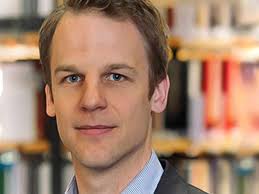
PRIF is a well-known and well-regarded research institute internationally, and I was delighted to meet with Stefan Kroll, a researcher there, a Board member, and Head of Science Communication Department. PRIF was founded in the 1970s and is the biggest such organization in Germany. Like many I met, PRIF is primarily interested in international conflict, though it does have an arm that looks at conflict in Germany (including anti-semitism, Kroll noted). Their Research Center for Social Cohesion is the best place in Germany for domestic conflict resolution.
However, their particular expertise is in arms control and disarmament. They work in many countries and are both a research and consulting organization. They generate blogs, research papers, policy briefs, reports for journalists and others, and engage in collaborative projects worldwide. They have social scientists and others (they even employy physicists, chemists, and biologists). They are also consulted by the government of Germany.
Rather than talking about conflict resolution theory or approaches, as I did with others, my conversation with Stefan was more about how to approach the public and structure an organization like his. Their blog has been very successful (PRIFblog, if you want to check it out). We created a nice link, and I will be reaching out to them in the future.



